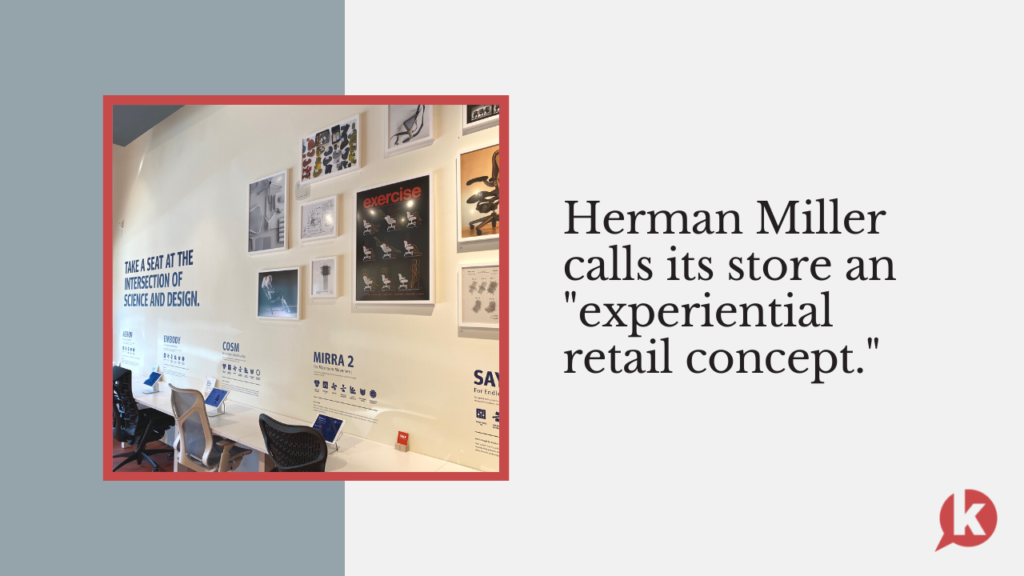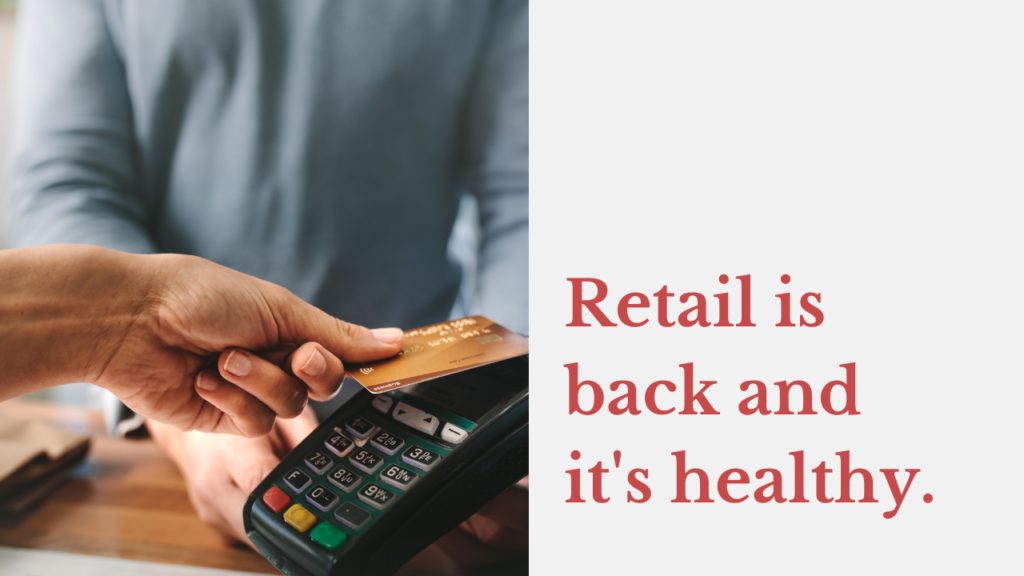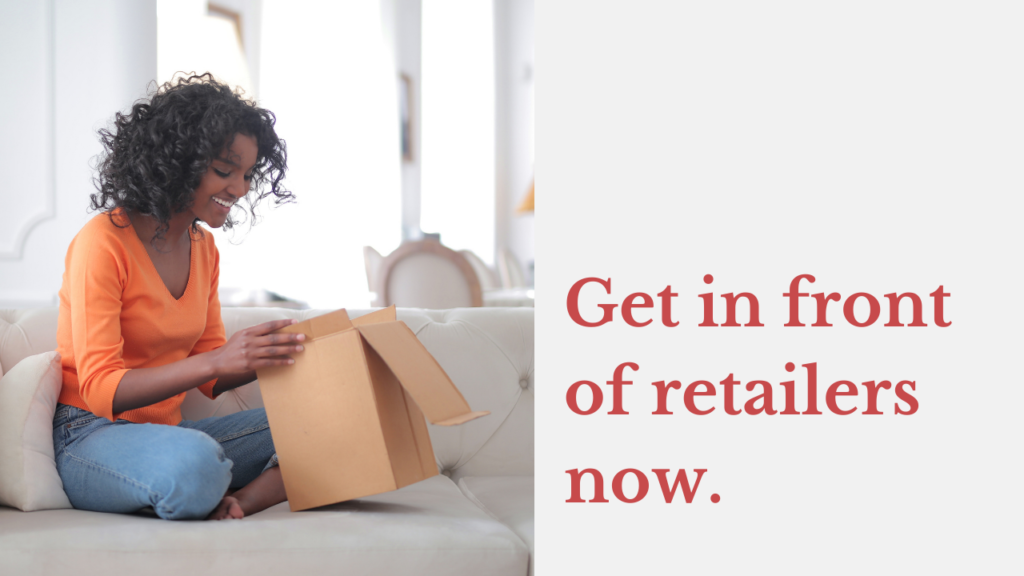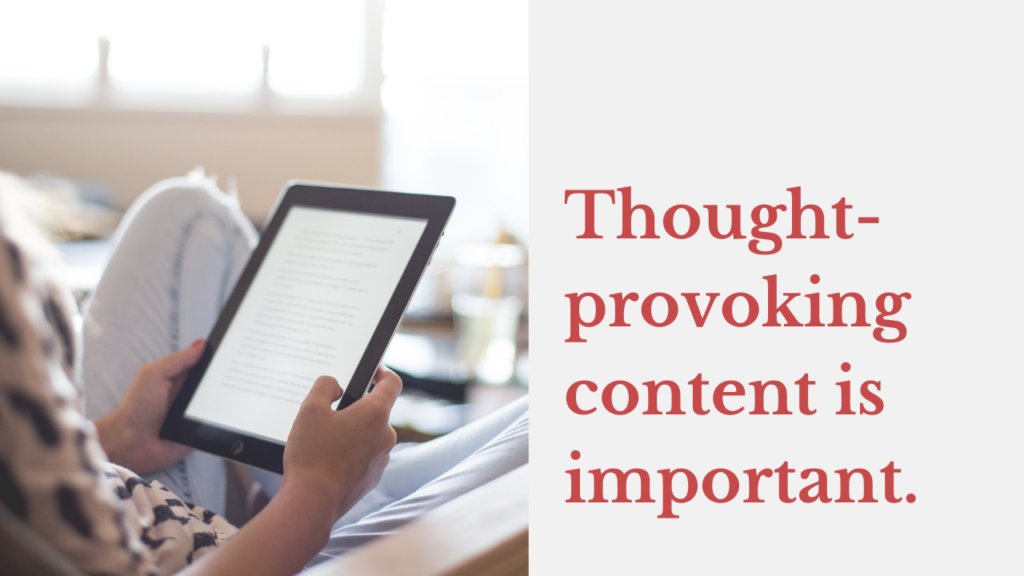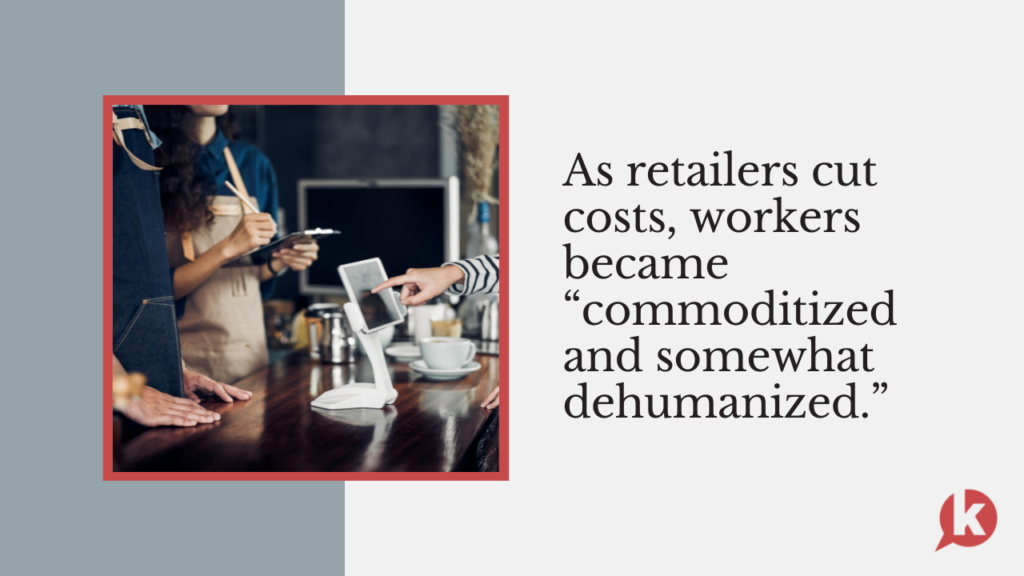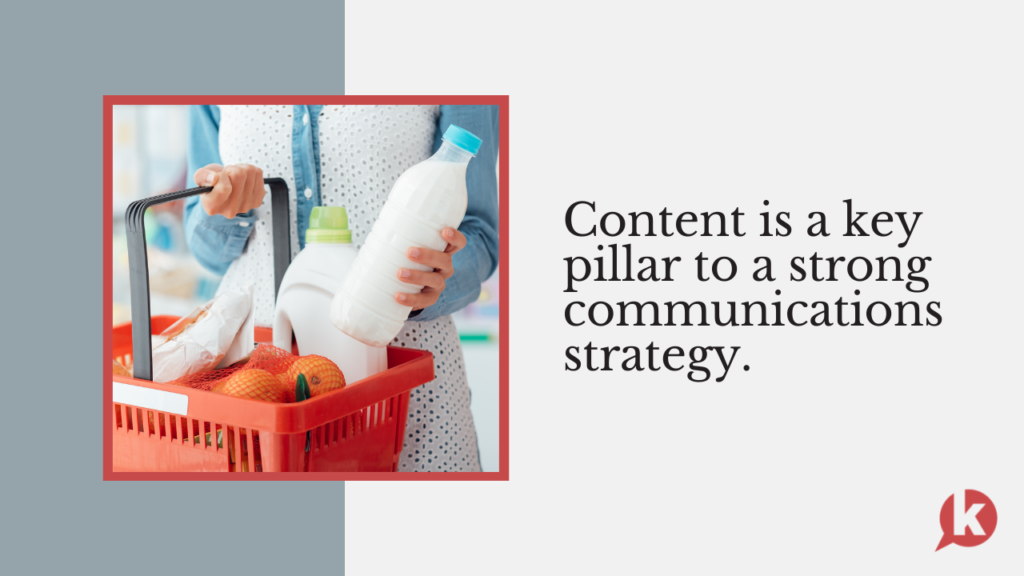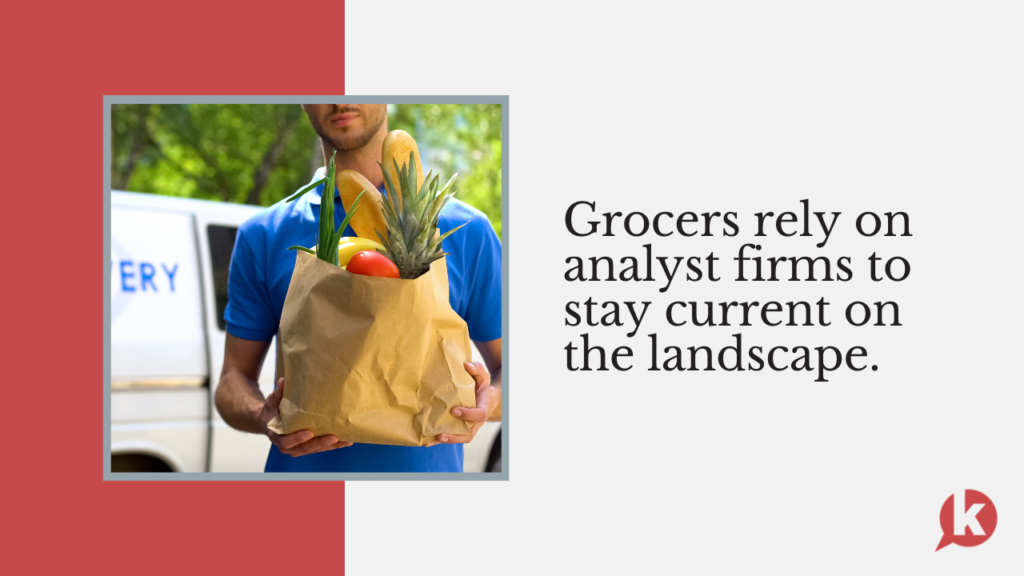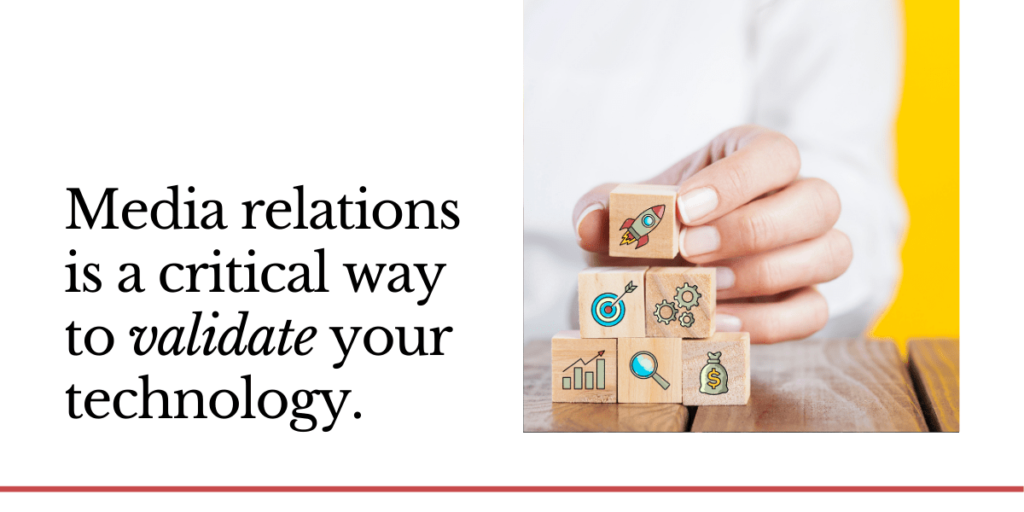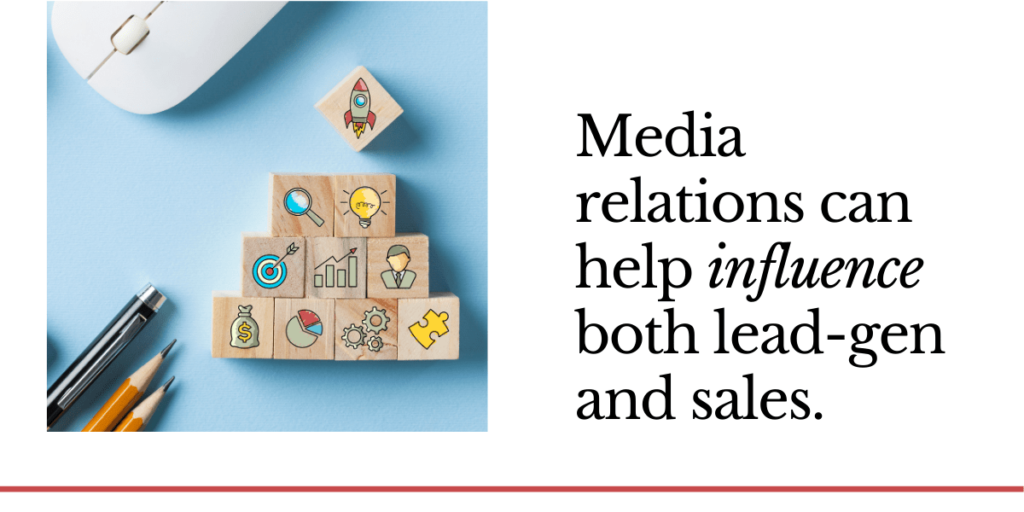I’m usually not nervous about interviewing someone, but this blog post is a bit different. After all, it’s about my business partner and our agency president, Catherine Seeds, who celebrated her 20th anniversary at Ketner Group earlier this month.
This agency absolutely wouldn’t be the same without her. Catherine dares to dream big, she’s fiercely loyal, and she always, always has the best interests of the team at heart. I’m thankful for her leadership and friendship.
Catherine and I sat down for an interview recently, and we could have talked all morning; this interview is only a part of our conversation. But it sheds a lot of light on what makes Catherine tick (spoiler alert: Walt Disney plays a key role), the challenges and opportunities of running a PR agency, and her vision for the future of Ketner Group.
Here’s to the next 20 years!
20 years working at a PR agency is almost unheard-of these days. What’s inspired you to be part of Ketner Group for all these years?
One of my inspirations is my dad. He worked at John Deere for 35 years, and after retiring from John Deere Corporate, he worked for them again managing a dealership in Marble Falls. He’s very loyal and steadfast, and I get a lot of that from him. When I met you and Terry (my former agency partner), this felt like a place I could be for a long time.
One of the other things is that Ketner Group has always been open to change, for example, changing from a B2B technology PR agency to focus entirely on retail technology. There is so much innovation in retail, and we’ve had the opportunity to not only work for great people but also be part of an industry that’s fun and exciting.
Our team is a big part of it, of course. They’ve always inspired me to keep doing bigger and better things.

You’ve made so many contributions to Ketner Group, and you’ve continually challenged us to dream big and step outside our comfort zone as an agency. Looking back at your first 20 years, what are you most proud of?
This is a hard one—there are so many things I’m proud of! Opening the New York office was big. But even more important, we’ve started thinking bigger as an agency. Ketner Group used to be thought of as a small Austin agency that catered to startups; we didn’t look at things on a global scale. I’m proud that we’ve been able to slowly change Ketner Group into an agency that’s nationally recognized.
I’m also very proud of our team—past and present. We’ve always brought in the right team members at the right time. It’s been a collaborative effort of so many people over the years, both inside and outside the agency, that have encouraged and helped us to do more than we’ve done before. Our team has grand goals, and they are a huge part in helping us achieve those goals.
What are the biggest challenges you’ve had to overcome?
I can think of over 100 challenges that I have had to overcome in my 20 years at Ketner Group! I keep using the word lucky, but it is so true. I have been so lucky to have an amazing partner in Jeff Ketner and a fabulous leadership team that have all worked together to solve whatever challenges come our way. We will continue to face challenges, but we will do so as a team, just like we always do.
On a personal level, one of the biggest challenges is being a working mom. I am blessed to have a fabulous husband who’s a true partner, and we always do things 50-50. But being a working mom has its challenges. Over the years, there have been plenty of late nights, working on weekends, trips on which I missed things. But these were small sacrifices, and my husband and kids are extremely supportive of me and my work.
As I said in my blog last year about parenthood at KG, Ketner Group has allowed me to have the best of both worlds, and my children get to see first-hand the aftereffects of a family-first and employee-first company. More importantly, they know that it is possible to have a successful career and be there for them no matter what. I have always been so grateful for that.
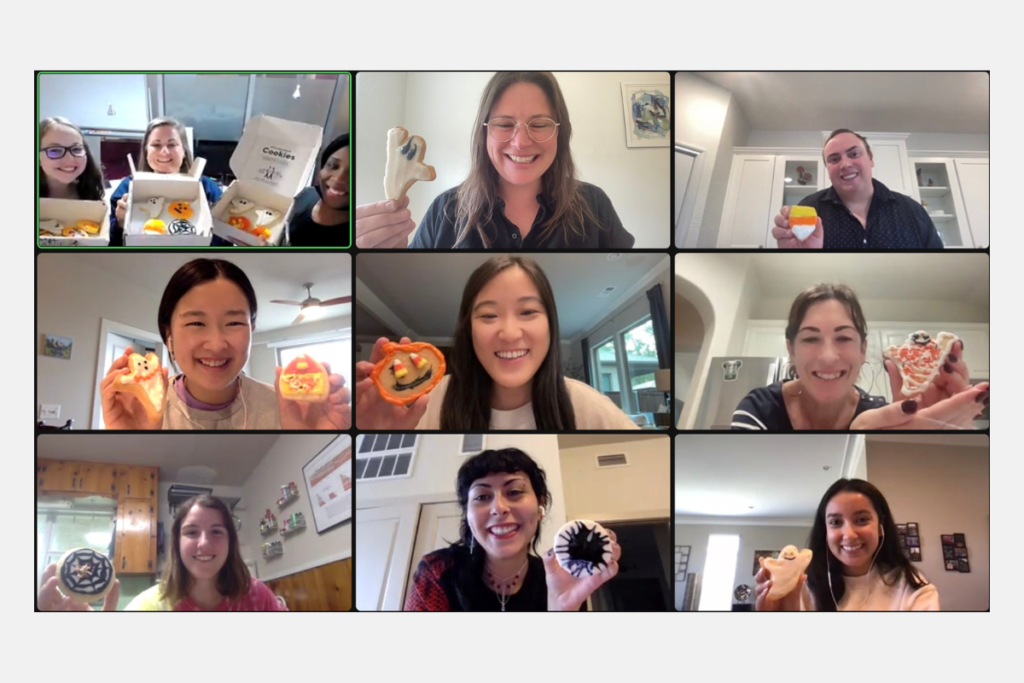
Who inspires you as a leader?
Walt Disney has always inspired me! There are rumblings that he was a micromanager and had a short temper, which is not like me, but he had a grand vision for what he wanted to accomplish. Disney has famously said, “Disneyland will never be completed, as long as there is imagination left in the world.” I just love that quote!
We’ve done a lot of things at Ketner Group that I’m proud of. But there’s so much more we could be doing. I’m always trying to think of what’s next.
I’m also inspired by female leaders! And in Austin, there are plenty of fabulous women to look up to. I love how Elizabeth Christian and Kendra Scott are always giving back and going beyond what’s expected. Their leadership inspires me to do more in my community. I’ve been on the PTSA board at Cedar Park High School (Go, T-Wolves!) for several years now, currently serving as president, and volunteer regularly with my son at the Leander ISD Clothes Closet. I’ve seen firsthand what happens when you participate in something that is bigger than yourself – it is a great feeling!
What do you enjoy most about your job?
I like the things that are the scariest! I loved the miniseries “The Offer,” about the producers of the original Godfather movie. As the series indicates, making the Godfather movie was riddled with problems—budgeting issues, fights about casting, and the mob! The producer of that film had to constantly deal with challenges, but he never wavered and kept pushing forward.
This show spoke to my soul, ha! It occurred to me that in my role as president, I’m basically a movie producer. (Minus the mob of course!) Our job as leaders is to keep calm and work with our teams to solve problems one step at a time. I love facing challenges head on, and I especially enjoy mentoring my team through these challenges.
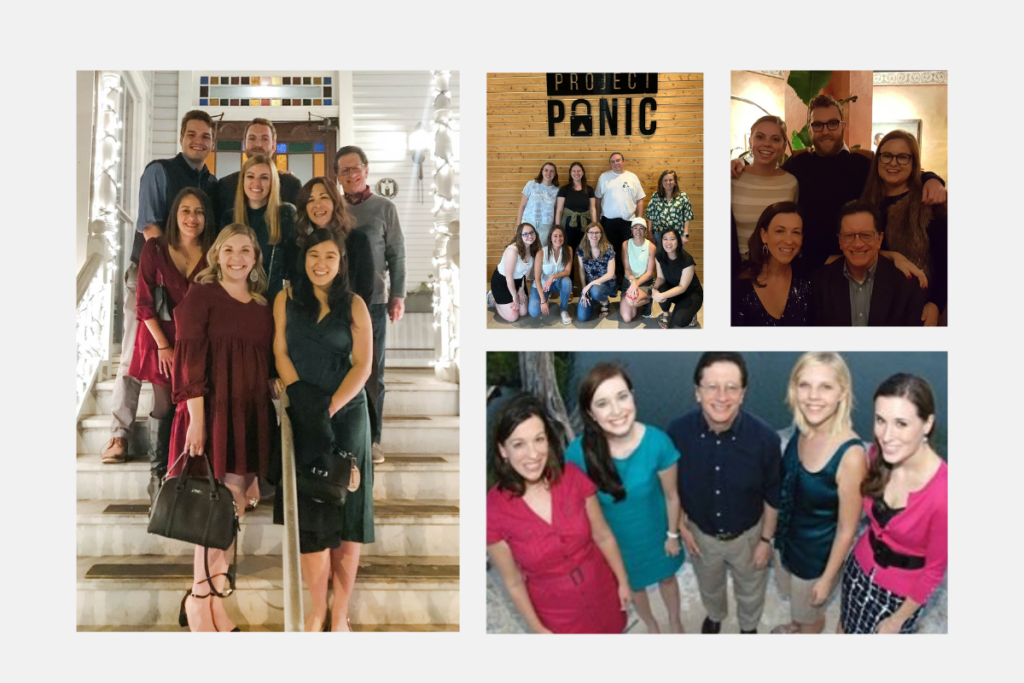
What are your goals for Ketner Group over the next few years?
We have ambitious goals. First, we want to continue branding Ketner Group and establishing ourselves as a nationally recognized firm that is the go-to agency for retail technology. When retail tech companies think of hiring an agency, I want Ketner Group to be top-of-mind.
I also want to figure out the best way to maintain a hybrid work environment. We will always have some remote employees, and we’re investing to make sure we still come together as a team. We’re working hard to find the best ways to continue building a great company culture.







